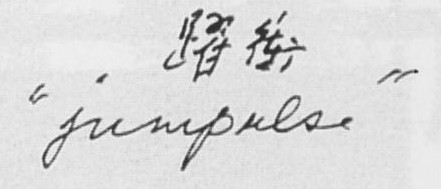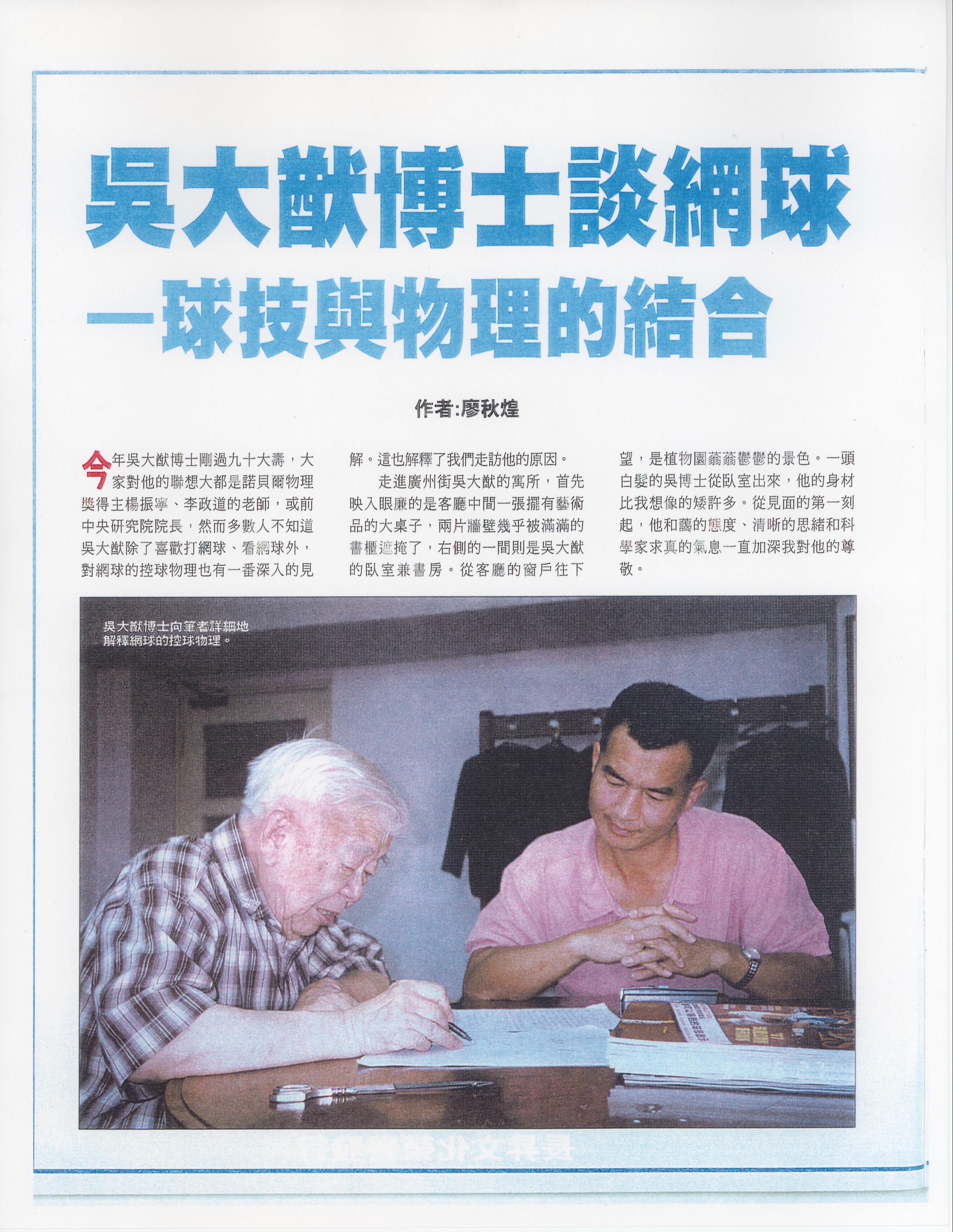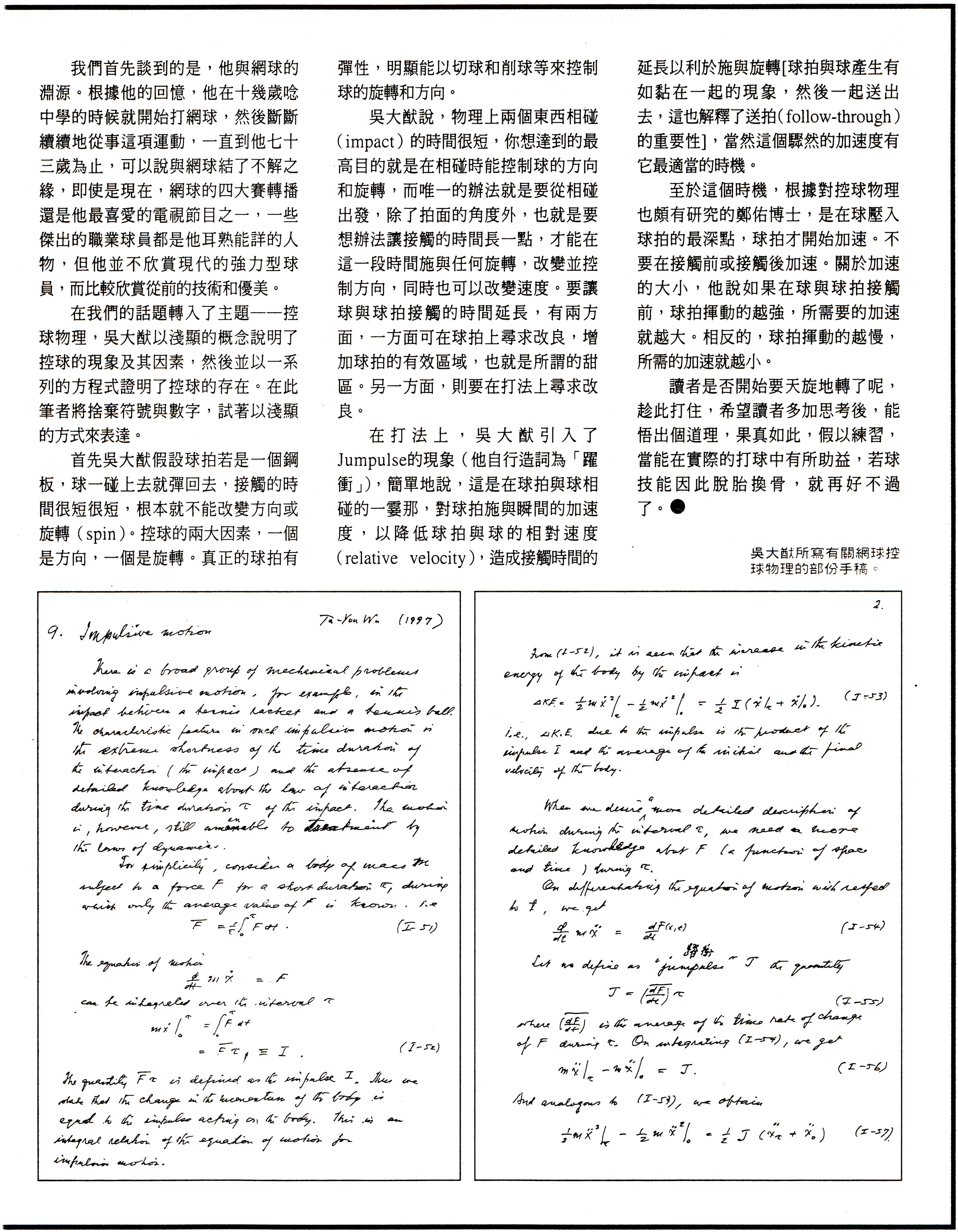




Summary of Proposal to National Science Foundation
Proposal Summary: Jumpulse and Law of Touch Demonstrated by Prolonged Contact between Ball and Racket during Collision
Click here for the full proposal
Click here for the References
This proposed research deals with the new physics concept of jumpulse, which denotes a sudden change of force, as impulse is a sudden change of momentum. This proposal will investigate prolonged contact due to a force, jumpulse, applied during a collision between a ball and a racket. In order to have two objects moving together, they need to have the same position, velocity, and acceleration. Sometime during the impact, the velocity and the position of the ball and the racket are the same and, if then the acceleration is suddenly increased, prolonged contact can be achieved. Prolonged contact leads to the Law of Touch, which states, unlike velocity, acceleration can be changed instantaneously. Prolonged contact is directly related to touch because a robot finger bounces off a surface like a ball bounces off a racket, and touch can be defined as permanently prolonged contact at low impact velocity. Table below shows clearly that jumpulse is a missing concept central to the description of motion (for robot touch).
Table Terminology and Concept in Describing Motion
Velocity; Acceleration; Jerk (ISO); Snap (?); Crack (?); Pop (?)
Momentum; Force;Yank (?);Tug (?); Snatch (?); Shake (?)
Energy; Energy of Acceleration
Impulse; Jumpulse(?)
Some definitive Yes or No questions regarding prolonged contact serve to focus the goal of the proposal:
(1) Does prolonged contact exist?
(2) If prolonged contact exists, how to achieve prolonged contact?
(3) Can acceleration or force be increased instantaneously by a finite amount?
(4) Is the above concept of an instantaneous change of force missing in the description of motion?
The feasibility of prolonged contact has been demonstrated in an experiment, where two colliding cars, which can represent the ball and the racket, moving together after the collision, as shown in the video: http://www.youtube.com/watch?v=PixwnjvNlNQ. Jumpulse can be defined below with infinite d3x/dt3:
.......... Jumpulse = {Integral of} d3x/dt3 dt, where (t2- t1) approaches and can equal zero
...................... t1 to t2
This research project will take one year and will be carried out based on the extensive preliminary study of the phenomenon of touch. Ultraslow motion videos for 3 seconds will be produced with 7000+ fps and 32 GB of memory to study the effect of a force applied during the 4-millisecond impact of a collision.
Intellectual Merit: Jumpulse is a step function of force vs. time. Jumpulse and the Law of Touch are missing central concepts in the description of motion necessary in prolonged contact in tennis and touch.
Broad Impact: Learning prolonged contact in sports based on jumpulse should be exciting to most students around the world. Textbooks on mechanics and sports should include the concept of jumpulse. The proposal will challenge physicists world-wide to think physically the solution of prolonged contact. Key Words: jumpulse; robot touch; dynamic contact; applied force; collision; impulse; prolonged contact.
------------------------------------------
The instruction book for coaches of professional players and possibly the longest tennis.com thread (Click Here)
Juan Martín del Potro Two-Handed Jumpulse Backhand Stroke (Click Here)
The web site devoted to showing double-hitting: (Click Here)
Relationship to golf: (Click Here)
Dr. Ta-You Wu, Father of Chinese Physics, coined the word jumpulse in his paper: (Click Here)
In Russia: (Click Here)
Opinions: (Click Here)
Video: (Click Here)